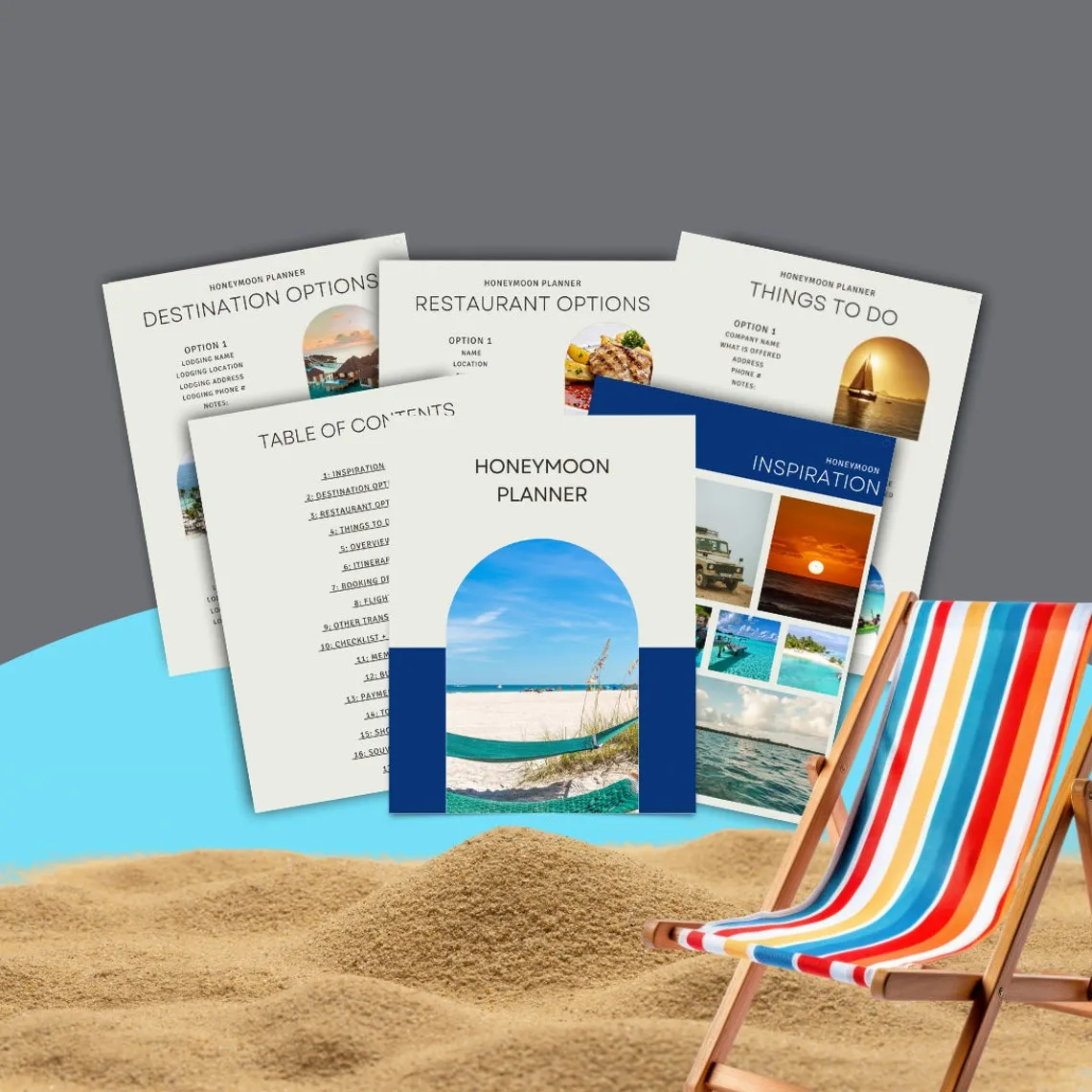Essential Features of a Honeymoon Planner Website
Creating a successful honeymoon planner website involves more than just a pretty design. It requires a strategic approach, focusing on features that enhance user experience, streamline the planning process, and ultimately, convert visitors into paying customers. A well-designed website acts as a virtual travel agent, guiding couples through every step of their honeymoon planning journey. From initial inspiration to booking accommodations and activities, the website should provide a seamless and enjoyable experience. This article explores the top seven essential features that every honeymoon planner website should incorporate to maximize its effectiveness and appeal to its target audience. By integrating these features, you can create a comprehensive platform that not only attracts potential clients but also fosters trust and loyalty, setting your website apart in a competitive market. Implementing these core elements will ensure your website is a valuable resource for couples eager to embark on their dream honeymoon.
User-Friendly Interface and Navigation
The cornerstone of any successful website is its user-friendly interface and intuitive navigation. The design should be clean, uncluttered, and easy to navigate, allowing visitors to quickly find the information they need. A well-structured website keeps users engaged, minimizing the chances of them leaving due to frustration. This is especially critical in the honeymoon planning niche, where couples are often overwhelmed with choices and need a platform that simplifies the process. Prioritize a layout that is both visually appealing and functionally sound to create a pleasant browsing experience. Effective navigation ensures that every section of the website is easily accessible, encouraging users to explore the various features and services you offer, and ultimately, increasing the likelihood of conversions. Clear calls to action, strategically placed throughout the site, further guide users towards booking and planning their perfect getaway. Use a layout that is both visually appealing and functionally sound to create a pleasant browsing experience. Ensure that every section of the website is easily accessible to encourage users to explore the various features and services offered.
Why Intuitive Design Matters
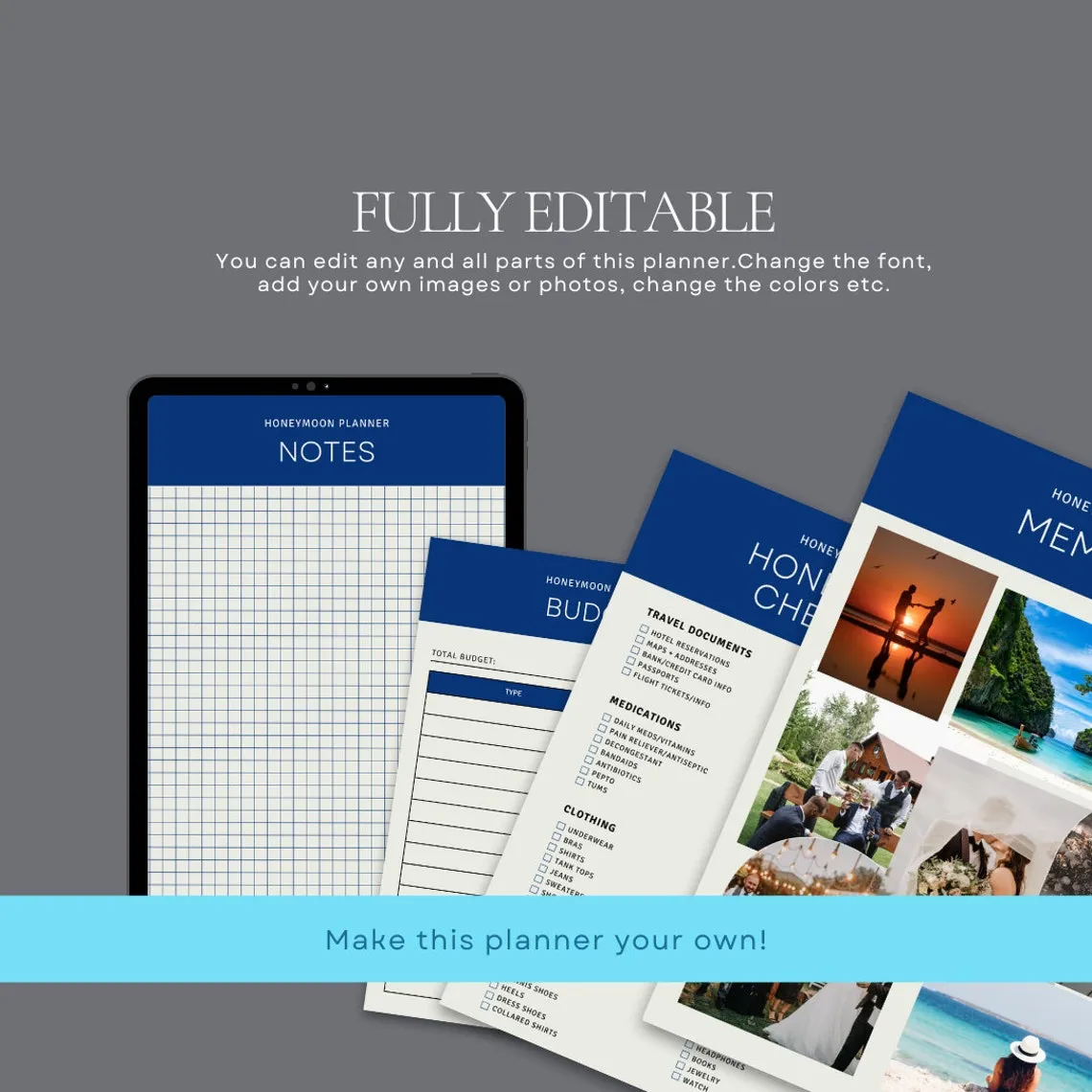
An intuitive design is more than just aesthetics; it directly impacts user behavior and engagement. An intuitive design will reduce bounce rates. It makes the website easy to use. Ensure that the design is consistent across all pages, with a clear hierarchy of information. Using a consistent design will make it easier for users to find what they need. Simplify the navigation by grouping related information logically and using clear, concise labels. This will make it easier for couples to explore the various destinations, browse packages, and learn about the services you offer. An intuitive design can also improve your site’s search engine ranking. Optimize the website for mobile devices, ensuring that it looks and functions flawlessly on smartphones and tablets. The importance of intuitive design lies in its capacity to transform a potentially complex planning process into a smooth, enjoyable experience, making it a crucial element for success.
Key Features for a Seamless Experience
To create a seamless experience, prioritize features that streamline the planning process. Integrate a robust search function that allows users to filter destinations based on their preferences, such as budget, travel style, and desired activities. Include a detailed FAQ section to answer common questions about booking, travel requirements, and cancellation policies. Provide a live chat support system to offer immediate assistance and address any concerns that may arise during the planning process. Implement a secure booking system, ensuring that all financial transactions are protected and that users feel confident in providing their personal information. Keep the design consistent. Make it user friendly. Ensure the navigation is clear and simple. Provide a seamless, easy-to-use platform for couples to plan their honeymoon.
Comprehensive Destination Guides
Offering comprehensive destination guides is essential for inspiring couples and providing them with the information they need to make informed decisions. Your website should feature detailed guides for popular honeymoon destinations, covering everything from local attractions and activities to accommodation options and dining recommendations. Each guide should be well-structured, with clear headings and subheadings, making it easy for users to scan and find relevant information. Include practical information such as visa requirements, currency exchange rates, and local transportation options to provide a complete resource for planning the trip. High-quality photographs and videos can significantly enhance the appeal of destination guides, allowing couples to visualize themselves in those locations. Keep the information updated. Make it easy to read. Offer the most important and relevant information about each destination to inspire the visitors.
Detailed Information for Every Location
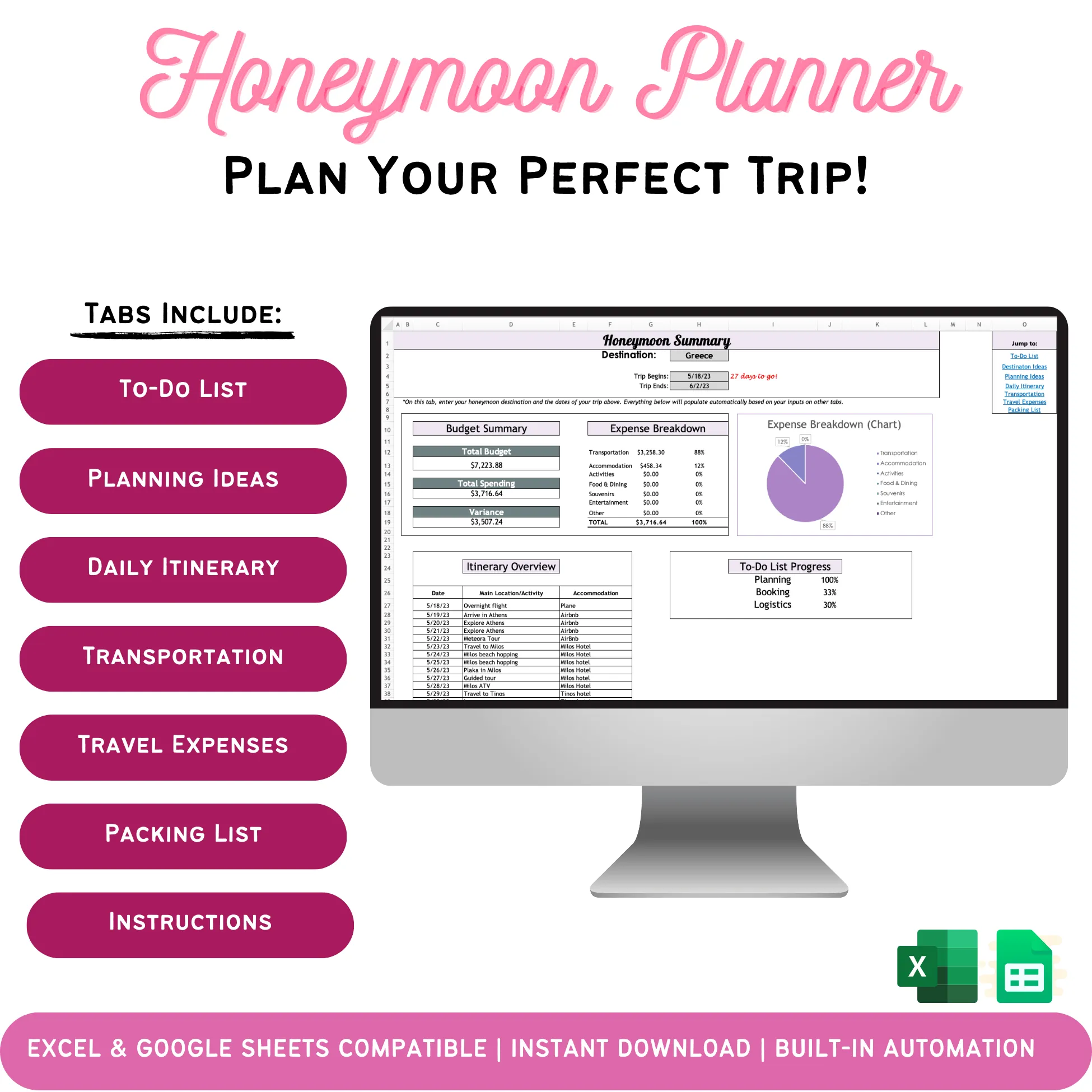
Each destination guide should provide detailed information about the location. Include an overview of the destination’s culture, history, and climate to give couples a comprehensive understanding of what to expect. Highlight the best time to visit, considering factors such as weather, peak seasons, and local events. List popular attractions and activities, such as sightseeing spots, outdoor adventures, and cultural experiences, ensuring to cater to different interests and preferences. Provide information on a variety of accommodation options, including hotels, resorts, villas, and boutique stays, along with estimated price ranges. Include practical tips on local customs, transportation, and safety precautions. Add a map and location of key spots. Provide the most accurate information for each location, to inspire couples. By providing such detailed information, you can position your website as a trusted resource for honeymoon planning and help couples create unforgettable experiences.
High-Quality Photos and Videos
Visual content plays a crucial role in attracting and engaging users. High-quality photos and videos of destinations, accommodations, and activities can capture the imagination and inspire couples to book their honeymoon. Use professional photography and videography to showcase the beauty and allure of each destination. Include a variety of visual content, such as photos of scenic landscapes, luxurious resorts, and romantic activities. Consider creating videos that provide virtual tours of hotels and attractions, allowing users to get a sense of the atmosphere and ambiance. Optimize images and videos for fast loading times, as slow-loading content can negatively impact user experience and search engine rankings. Ensure that all visual content is relevant, appealing, and high-resolution to create a visually stunning experience that motivates couples to plan their honeymoon. The more visual content you have, the more likely they are to book with you. Make the content of high quality to ensure maximum impact and engagement.
Booking and Reservation System
A robust booking and reservation system is the backbone of any successful honeymoon planner website. It should allow users to easily search for and book accommodations, flights, and activities directly through the website. Integrate a user-friendly search function that allows couples to filter options based on their preferences, such as destination, budget, dates, and desired activities. The booking system should provide real-time availability updates, ensuring that users can see which options are available at their chosen dates. A secure payment gateway should be integrated to process transactions safely and efficiently. Provide clear and concise booking confirmations and itinerary details to the user. The booking system must be reliable and user friendly, to ensure the couples feel confident. With an effective booking system, your website can streamline the planning process and generate revenue.
Integrated Payment Gateways
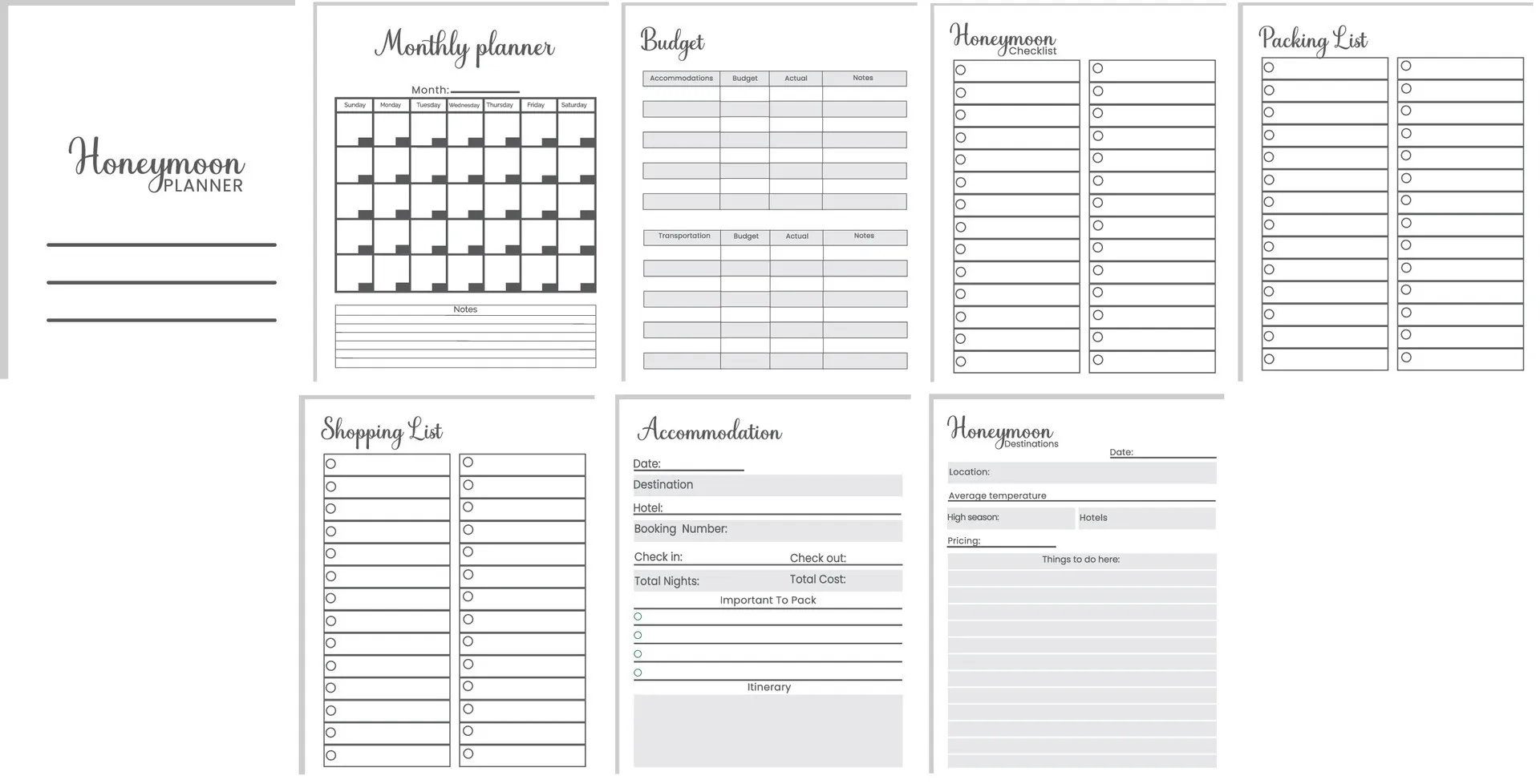
To ensure a smooth and secure booking process, integrating reliable payment gateways is essential. These gateways allow users to make payments for their honeymoon packages and services directly through your website. Choose a payment gateway that offers secure transaction processing and supports multiple payment methods, such as credit cards, debit cards, and possibly digital wallets. Select a reputable payment gateway provider that offers robust security features to protect sensitive financial information. Display trust seals and security badges on the payment pages to reassure users and build trust. Simplify the payment process by providing clear instructions and a user-friendly interface. Consider offering flexible payment options, such as installment plans or payment schedules, to accommodate different budgets and financial preferences. By integrating secure and reliable payment gateways, you can create a trustworthy and efficient booking experience.
Real-time Availability Updates
Real-time availability updates are crucial for providing an accurate and reliable booking experience. Integrate your website with a system that automatically updates availability for accommodations, flights, and activities. This will ensure that users can see which options are available at their chosen dates and avoid the frustration of booking unavailable services. This eliminates the risk of overbooking and reduces the need for manual intervention. By offering real-time updates, you can streamline the booking process and improve customer satisfaction. Ensure the system is integrated with all relevant providers, such as hotels, airlines, and activity operators, to ensure the accuracy of the information. Regular maintenance of the booking system ensures accuracy and reliability. By providing accurate real-time updates, you instill confidence in your clients. This will lead to higher conversion rates and customer satisfaction.
Personalized Itinerary Creation
Personalized itinerary creation is a standout feature that can set your honeymoon planner website apart. Allow couples to customize their trip based on their preferences, interests, and budget. Provide a tool that allows users to create a tailored itinerary by selecting from various destinations, activities, and accommodation options. This will ensure that each trip is as unique as the couple planning it. Include features that allow users to save and share their itineraries with others. Give couples the freedom to craft their ideal honeymoon experience. The option to create a customized itinerary will make your website stand out. Offer an experience that caters to each couple’s unique needs and preferences. Provide a truly personalized experience.
Customization Options

Offer a wide range of customization options to cater to the diverse needs and preferences of your users. Allow couples to select from a range of destinations, each with its unique offerings and experiences. Provide options for different budgets and travel styles, allowing users to tailor their trip according to their financial constraints and desired level of luxury. Include options for different activities, such as adventurous excursions, romantic dinners, or cultural tours. Provide accommodation choices that vary. Give couples the freedom to add or remove activities based on their preferences. You can also offer add-ons, such as travel insurance and airport transfers. By offering an array of customization options, you can ensure that each couple can design the honeymoon of their dreams.
Planning Tools and Resources
Incorporate a variety of planning tools and resources to assist couples in every aspect of their honeymoon planning journey. Include a budget calculator that helps users estimate the costs of their trip based on their preferences. Provide packing lists and travel checklists to ensure that users don’t forget essential items. Integrate a currency converter to help users manage their finances. Offer interactive maps that allow users to explore destinations and find points of interest. Provide a wedding registry feature to allow guests to contribute to the couple’s honeymoon fund. By incorporating these resources, you can enhance the user experience and simplify the planning process. Provide resources. Make planning easier and more enjoyable.
Communication and Support System
A robust communication and support system is crucial for providing excellent customer service and building trust with your audience. Incorporate features that facilitate easy communication between you and your potential clients. This ensures that the customer service experience is seamless. Provide various channels for communication, such as email, phone, and live chat support. Provide a prompt response. Ensure you are always available to assist the customers. By providing quick and reliable assistance, you not only provide a good customer experience, but also build trust and encourage bookings.
Direct Messaging and Chat Features
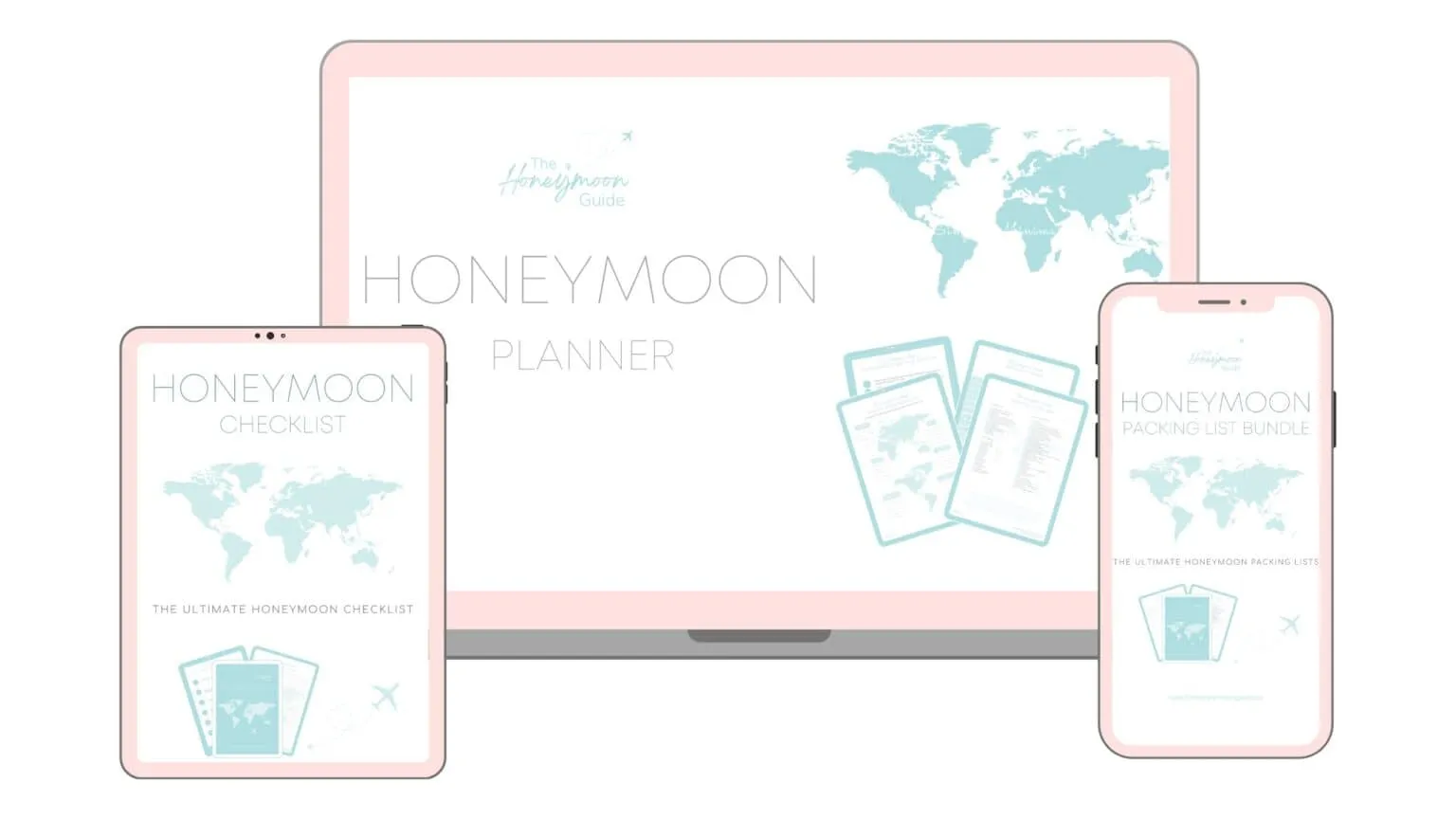
To provide immediate support and facilitate direct communication, integrate direct messaging and chat features into your website. This will allow users to ask questions and receive instant responses. Provide a live chat support system that allows users to connect with a representative in real time. Make sure your support team is knowledgeable. Make sure that they are helpful. Implement a direct messaging system that allows users to communicate with you via email. This helps make planning easier and improves customer satisfaction. Offering real-time support boosts user confidence and improves customer satisfaction.
FAQ and Help Section
A well-organized FAQ and help section can answer common questions and reduce the need for direct customer support. Create a comprehensive FAQ section that addresses the most frequent questions. Provide detailed answers to common questions to guide users and to improve the user experience. Organize the FAQ by topic. Make sure it is easy to navigate. Include clear and concise answers. You can include tips for troubleshooting and advice. By having a complete FAQ and help section, you improve the customer experience.
Mobile Responsiveness and Accessibility
With the increasing use of mobile devices, it is essential that your website is fully responsive and accessible. Your website must offer a seamless experience across all devices. Make sure it is designed for optimal viewing on various screen sizes. Focus on mobile optimization to ensure that the website loads quickly and functions flawlessly on smartphones and tablets. Prioritize the accessibility for all users. Following these steps will help maximize the user experience.
Benefits of Mobile Optimization
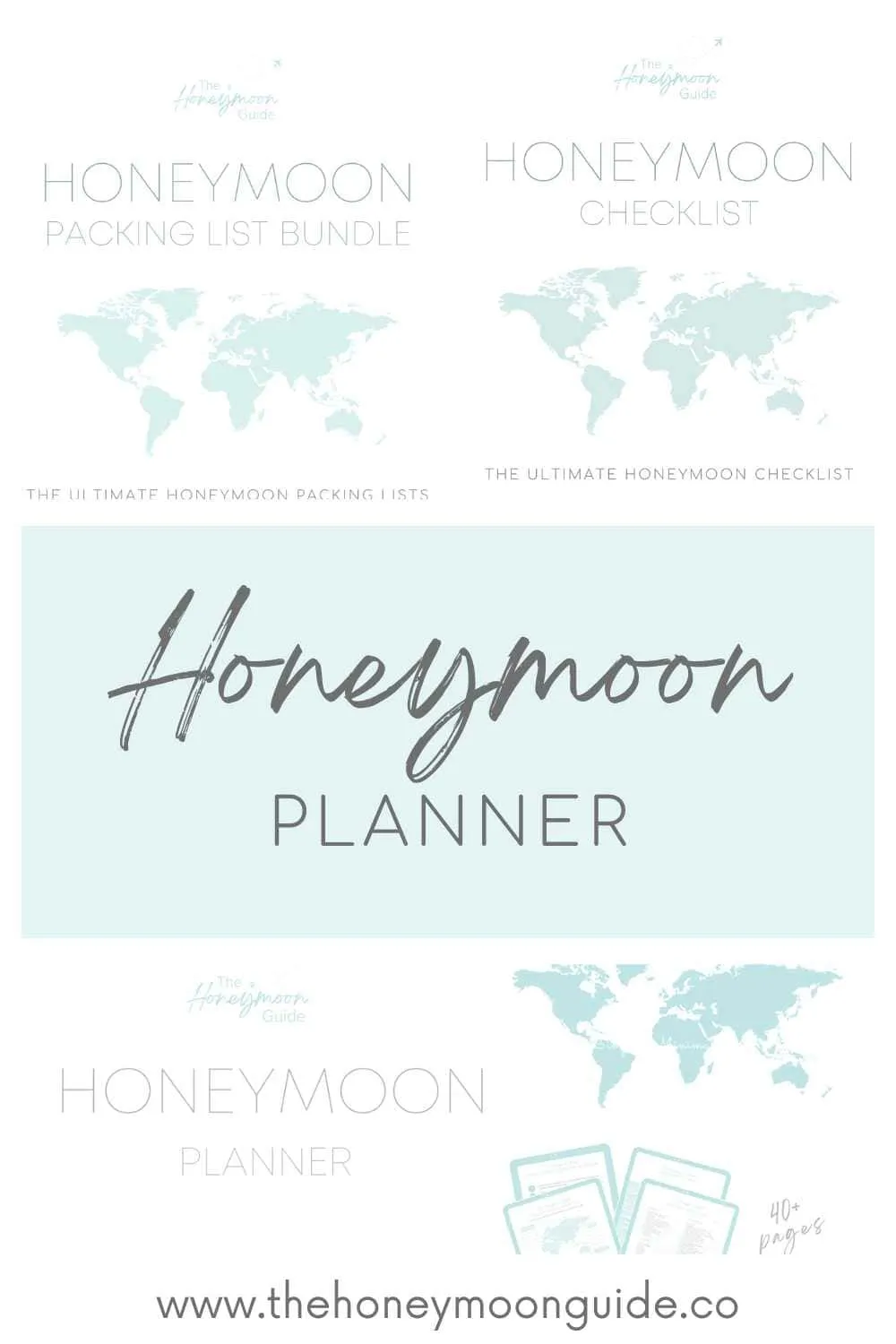
Mobile optimization is vital for providing a great user experience and improving search engine rankings. Optimize your website for mobile devices, which is essential in today’s mobile-first world. Ensure that the website is responsive. Ensure that the website loads quickly on mobile devices. Make it easy for users to navigate the website from their phones. Optimize images and videos for mobile devices. By ensuring a seamless mobile experience, you can capture the attention of users. Improve user engagement and drive conversions. You will also improve your search engine rankings.
Ensuring Accessibility for All Users
Make sure that your website is accessible to all users, including those with disabilities. This includes providing alternative text for images, using clear and concise language, and ensuring that the website is navigable with a keyboard. Use a color contrast ratio that is high enough for readability. Use clear and concise language. Test your website with different assistive technologies. Following these guidelines will ensure that your website is user-friendly.
SEO Optimization and Marketing Integration
To attract more organic traffic, your website needs to be optimized for search engines. Focus on SEO. Create a marketing strategy to promote your website. Following these steps will improve your search engine rankings. A strong SEO strategy can improve the visibility of your website, driving more traffic and attracting more customers.
Keyword Research and Implementation
Conduct thorough keyword research to identify the terms that users are searching for. Optimize the website content by including the target keywords. Use those keywords naturally. Avoid keyword stuffing. Optimize the website’s meta descriptions and title tags with relevant keywords. Focus on quality content and user experience.
On-Page and Off-Page Optimization
Optimize the website’s on-page elements to improve search engine rankings. Optimize images, headings, and content. Build backlinks from other websites. Create a social media presence to promote your website. Build relationships with travel bloggers. Track your website’s performance by using analytics tools. Optimize content. Use the appropriate links. Promote the website. Track its performance to refine your SEO strategies.
